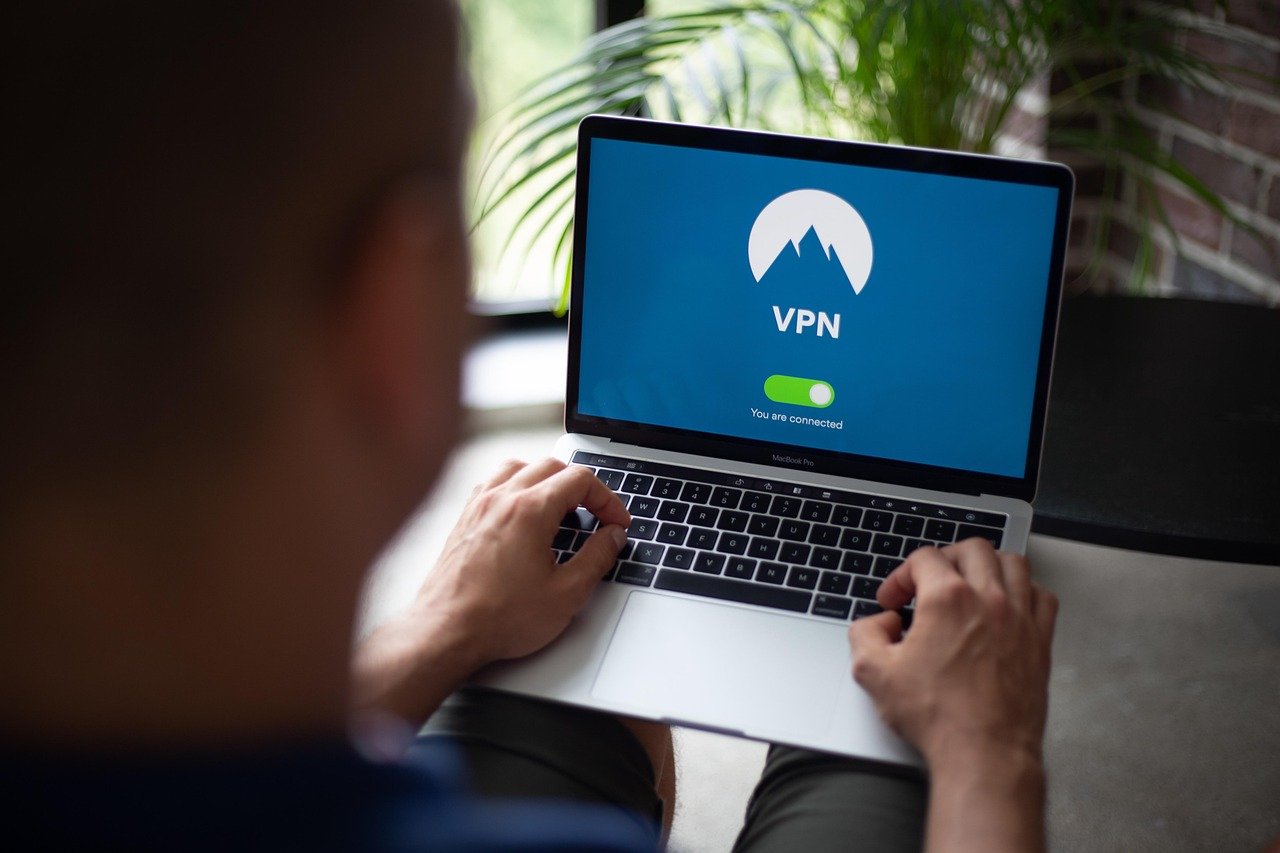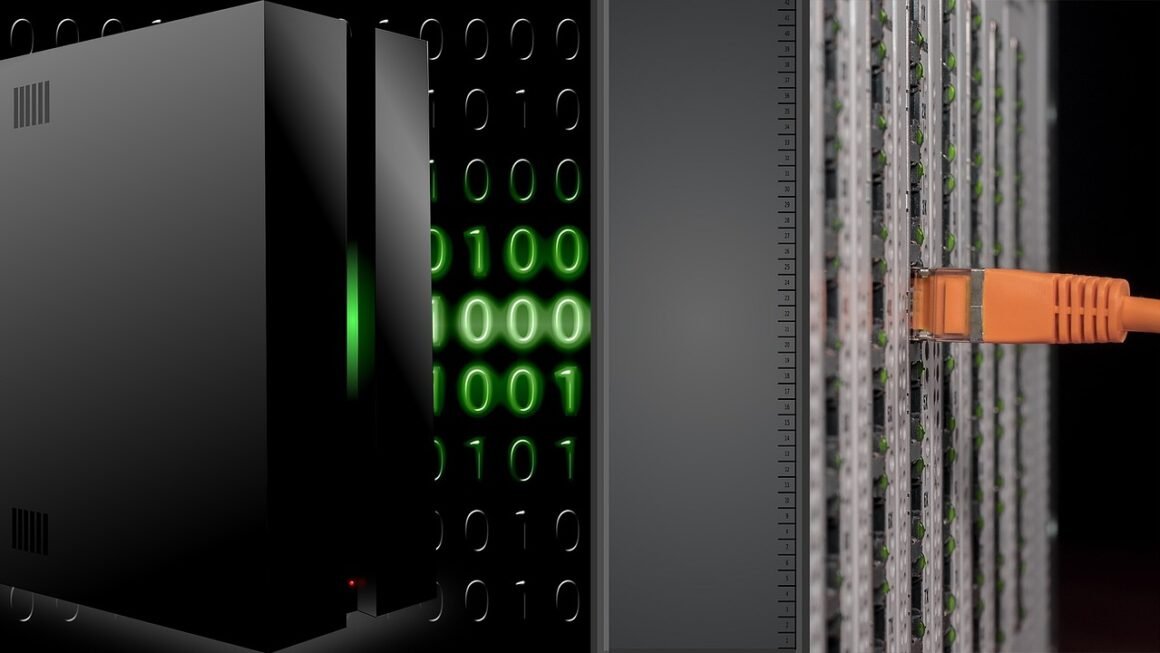Network security is no longer an option; it’s a necessity. In today’s digital landscape, businesses and individuals alike face an ever-increasing barrage of cyber threats. From data breaches and ransomware attacks to phishing scams and malware infections, the risks are real, and the potential consequences can be devastating. Understanding and implementing robust network security measures is critical for protecting valuable data, maintaining business continuity, and safeguarding your digital assets.
Understanding Network Security
What is Network Security?
Network security encompasses the hardware, software, and processes designed to protect the usability, reliability, integrity, and safety of a computer network and the data it contains. It involves securing both wired and wireless networks from a variety of threats, both internal and external. Effective network security is a layered approach, employing multiple lines of defense to minimize vulnerabilities and prevent unauthorized access.
Why is Network Security Important?
- Data Protection: Network security safeguards sensitive data such as customer information, financial records, and intellectual property from unauthorized access, theft, or destruction.
- Business Continuity: A robust network security strategy ensures business operations can continue uninterrupted, even in the face of cyberattacks.
- Compliance: Many industries are subject to regulations requiring specific network security measures to protect sensitive data. Examples include HIPAA for healthcare and PCI DSS for credit card processing.
- Reputation Management: A data breach can severely damage a company’s reputation and erode customer trust. Strong network security helps prevent such incidents.
- Financial Security: Cyberattacks can result in significant financial losses, including direct costs of recovery, legal fees, and lost business.
Common Network Security Threats
- Malware: Viruses, worms, Trojans, and ransomware can infect systems and steal data, encrypt files, or disrupt operations.
- Phishing: Deceptive emails or websites that trick users into divulging sensitive information, such as usernames, passwords, and credit card details.
- Denial-of-Service (DoS) and Distributed Denial-of-Service (DDoS) Attacks: Overwhelm a network or server with traffic, making it unavailable to legitimate users.
- Man-in-the-Middle (MitM) Attacks: Interception of communication between two parties, allowing the attacker to eavesdrop on or manipulate the data being transmitted.
- SQL Injection: Exploiting vulnerabilities in database applications to gain unauthorized access to sensitive data.
- Brute-Force Attacks: Attempting to guess passwords by trying a large number of combinations.
Key Network Security Components
Firewalls
A firewall acts as a barrier between a trusted network and an untrusted network, such as the internet. It examines network traffic and blocks access based on predefined rules.
- Packet Filtering: Examines individual network packets and allows or denies access based on source and destination IP addresses, ports, and protocols.
- Stateful Inspection: Tracks the state of network connections and allows traffic only if it matches an established connection.
- Next-Generation Firewalls (NGFWs): Offer advanced features such as application control, intrusion prevention, and malware filtering.
- Example: Configuring a firewall to block traffic from a specific IP address known to be associated with malicious activity.
Intrusion Detection and Prevention Systems (IDS/IPS)
IDS and IPS monitor network traffic for suspicious activity and take action to prevent or mitigate threats.
- Intrusion Detection Systems (IDS): Detect malicious activity and alert administrators. They are passive systems.
- Intrusion Prevention Systems (IPS): Detect and automatically block or prevent malicious activity. They are active systems.
- Signature-Based Detection: Matches network traffic against known attack signatures.
- Anomaly-Based Detection: Identifies unusual network activity that deviates from a baseline of normal behavior.
- Example: An IPS automatically blocking an attempt to exploit a known vulnerability in a web server.
Virtual Private Networks (VPNs)
VPNs create a secure, encrypted connection over a public network, such as the internet.
- Remote Access VPNs: Allow remote users to securely connect to a corporate network.
- Site-to-Site VPNs: Connect two or more networks together over a secure connection.
- Encryption: VPNs encrypt all traffic between the client and the server, protecting data from eavesdropping.
- Example: An employee using a VPN to securely access company resources while working remotely from a coffee shop.
Antivirus and Anti-Malware Software
Antivirus and anti-malware software protect individual endpoints from malware infections.
- Real-Time Scanning: Continuously monitors files and processes for malicious activity.
- Scheduled Scanning: Performs periodic scans of the system to detect and remove malware.
- Heuristic Analysis: Identifies new or unknown malware based on suspicious behavior.
- Example: Antivirus software detecting and removing a Trojan horse from a downloaded file.
Access Control
Access control mechanisms restrict access to network resources based on user identity and authorization.
- Authentication: Verifying the identity of a user or device. Common methods include passwords, multi-factor authentication (MFA), and biometric authentication.
- Authorization: Determining what resources a user or device is allowed to access.
- Least Privilege: Granting users only the minimum level of access necessary to perform their job duties.
- Example: Requiring employees to use MFA to log in to their email accounts.
Building a Robust Network Security Strategy
Risk Assessment
- Identify Assets: Determine what data and systems need to be protected.
- Identify Threats: Identify potential threats to the network, such as malware, phishing, and DDoS attacks.
- Assess Vulnerabilities: Identify weaknesses in the network that could be exploited.
- Evaluate Impact: Determine the potential impact of a successful attack.
- Prioritize Risks: Focus on addressing the highest-priority risks first.
Security Policies and Procedures
- Password Policy: Enforce strong passwords and require regular password changes.
- Acceptable Use Policy: Define acceptable and unacceptable uses of the network.
- Incident Response Plan: Outline procedures for responding to security incidents.
- Data Backup and Recovery Plan: Ensure data can be recovered in the event of a disaster.
Employee Training
- Security Awareness Training: Educate employees about common security threats and how to avoid them.
- Phishing Simulations: Test employees’ ability to identify phishing emails.
- Regular Updates: Provide ongoing security awareness training to keep employees up-to-date on the latest threats.
Regular Monitoring and Auditing
- Network Monitoring Tools: Monitor network traffic for suspicious activity.
- Security Audits: Conduct periodic audits to assess the effectiveness of security controls.
- Vulnerability Scanning: Regularly scan the network for vulnerabilities.
- Log Analysis: Review logs for suspicious activity.
Keep Software Updated
- Patch Management: Regularly install security updates and patches for all software and hardware.
- Automated Updates: Enable automatic updates whenever possible.
- Third-Party Applications:* Pay close attention to updating third-party applications, as they are often a target for attackers.
Network Security Best Practices
Implement the Principle of Least Privilege
Only grant users the minimum necessary access to perform their job functions. This limits the potential damage if an account is compromised.
Use Multi-Factor Authentication (MFA)
MFA adds an extra layer of security by requiring users to provide multiple forms of authentication, such as a password and a code from their mobile device.
Segment Your Network
Segmenting the network into different zones allows you to isolate sensitive data and systems from less critical areas. This limits the impact of a security breach.
Encrypt Data at Rest and in Transit
Encrypt sensitive data both when it is stored on the network and when it is transmitted over the network.
Regularly Back Up Your Data
Back up your data regularly and store backups in a secure location. This allows you to recover data in the event of a disaster or a cyberattack.
Stay Informed About the Latest Threats
Keep up-to-date on the latest security threats and vulnerabilities. Subscribe to security newsletters and follow security blogs.
Conclusion
Network security is an ongoing process that requires constant vigilance and adaptation. By understanding the threats, implementing appropriate security measures, and following best practices, organizations and individuals can significantly reduce their risk of becoming a victim of cybercrime. Investing in network security is not just a cost; it’s an investment in the long-term health and sustainability of your business and the protection of your valuable digital assets. Stay informed, stay protected, and prioritize your network’s security posture to navigate the ever-evolving threat landscape with confidence.



